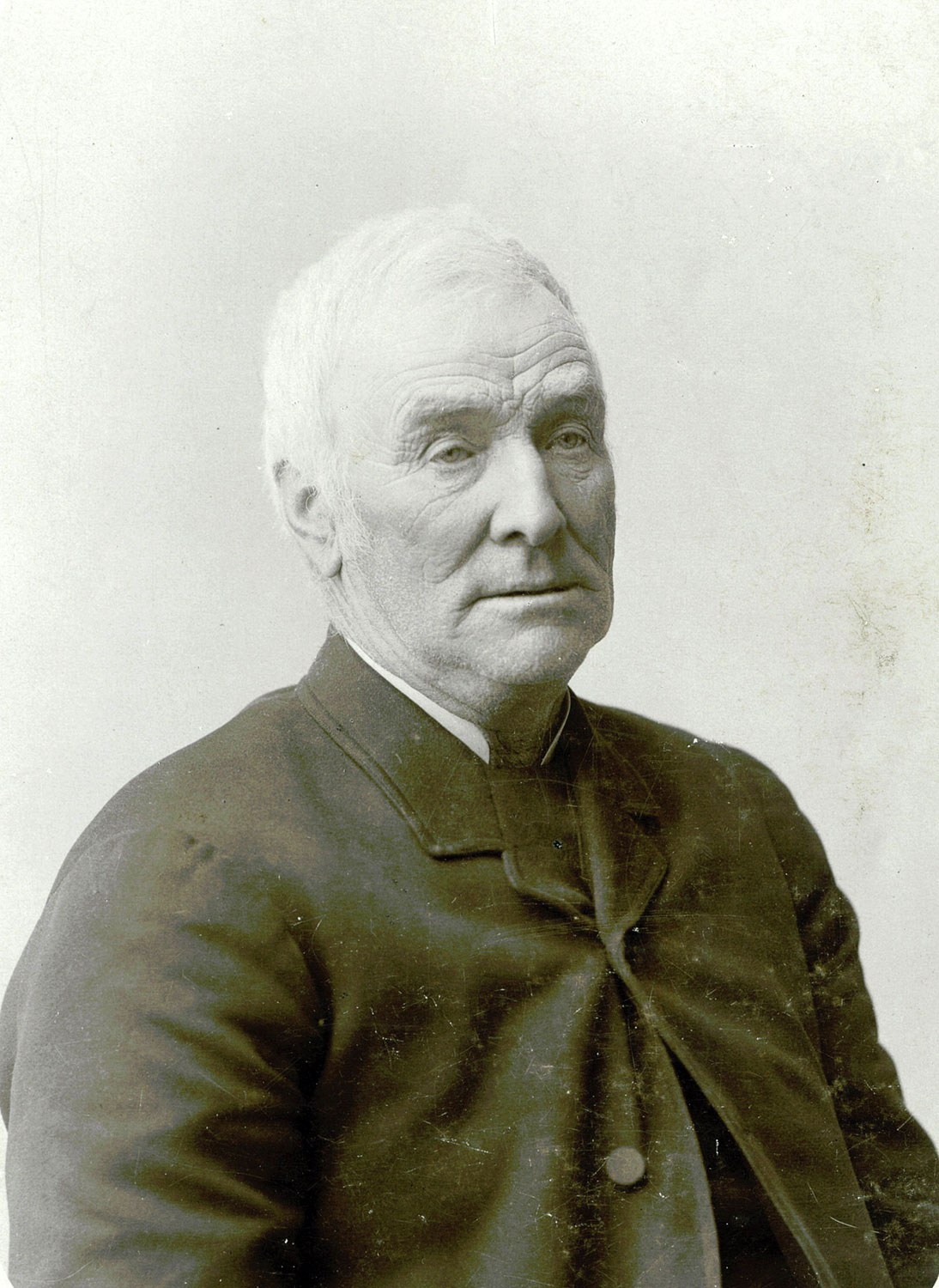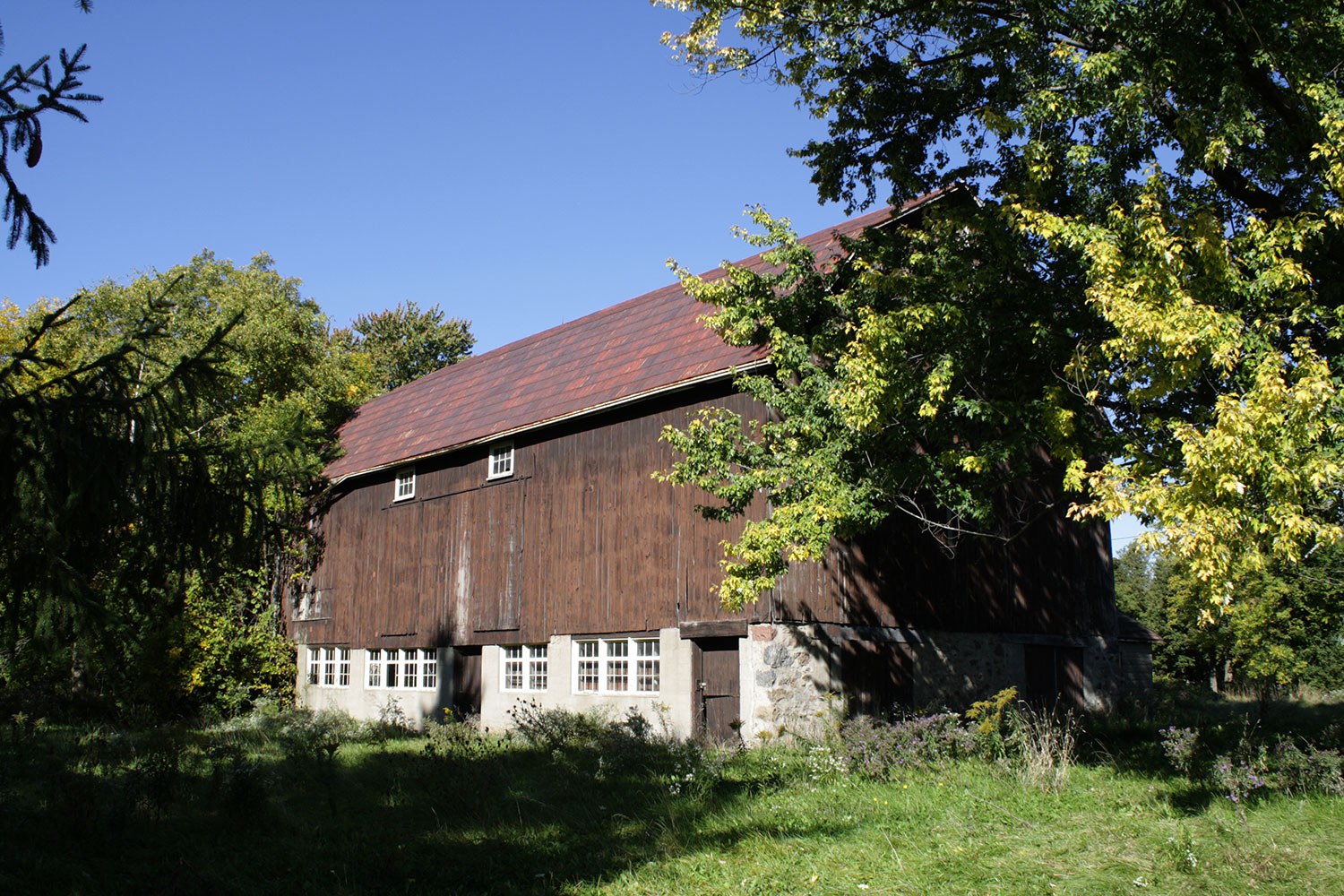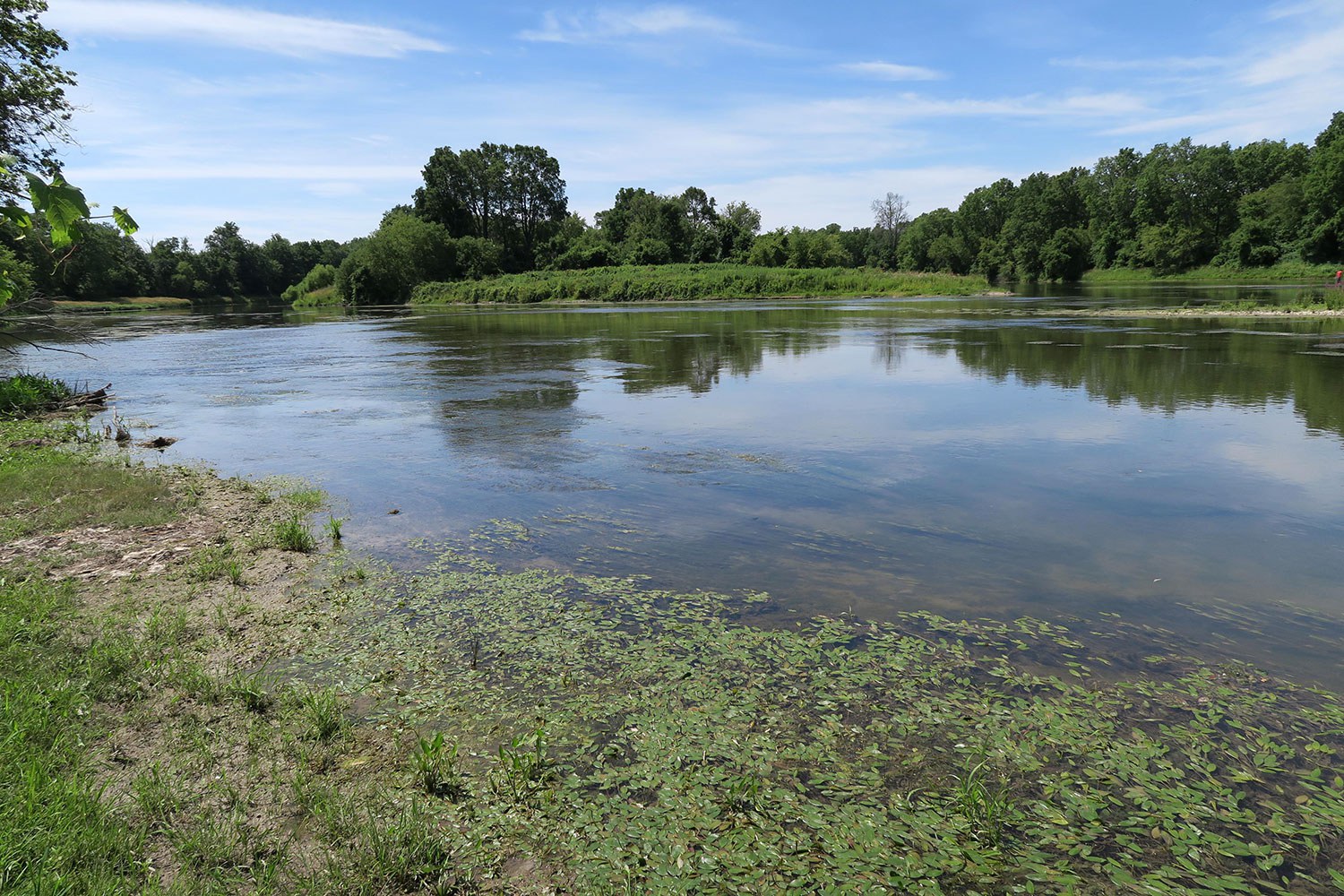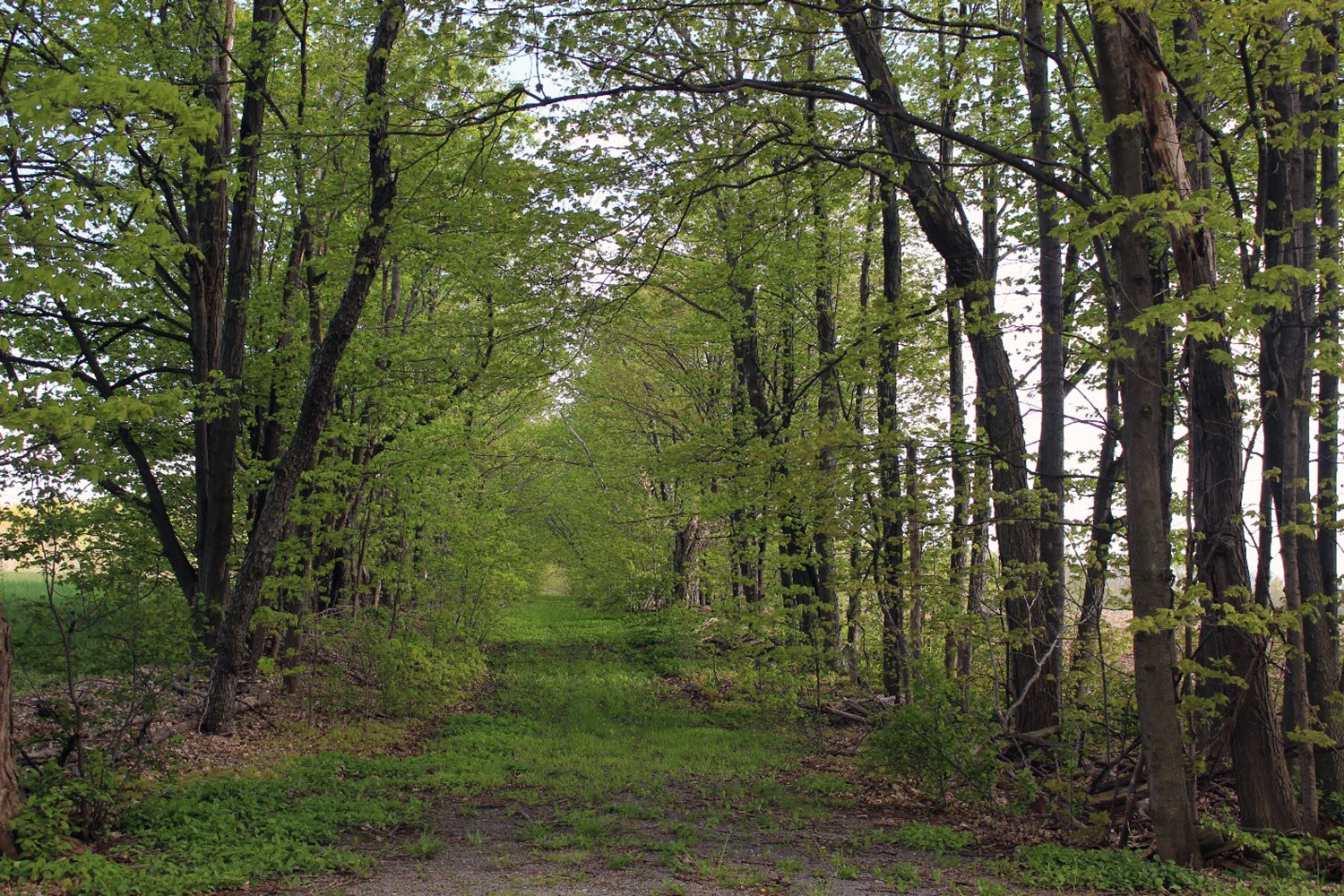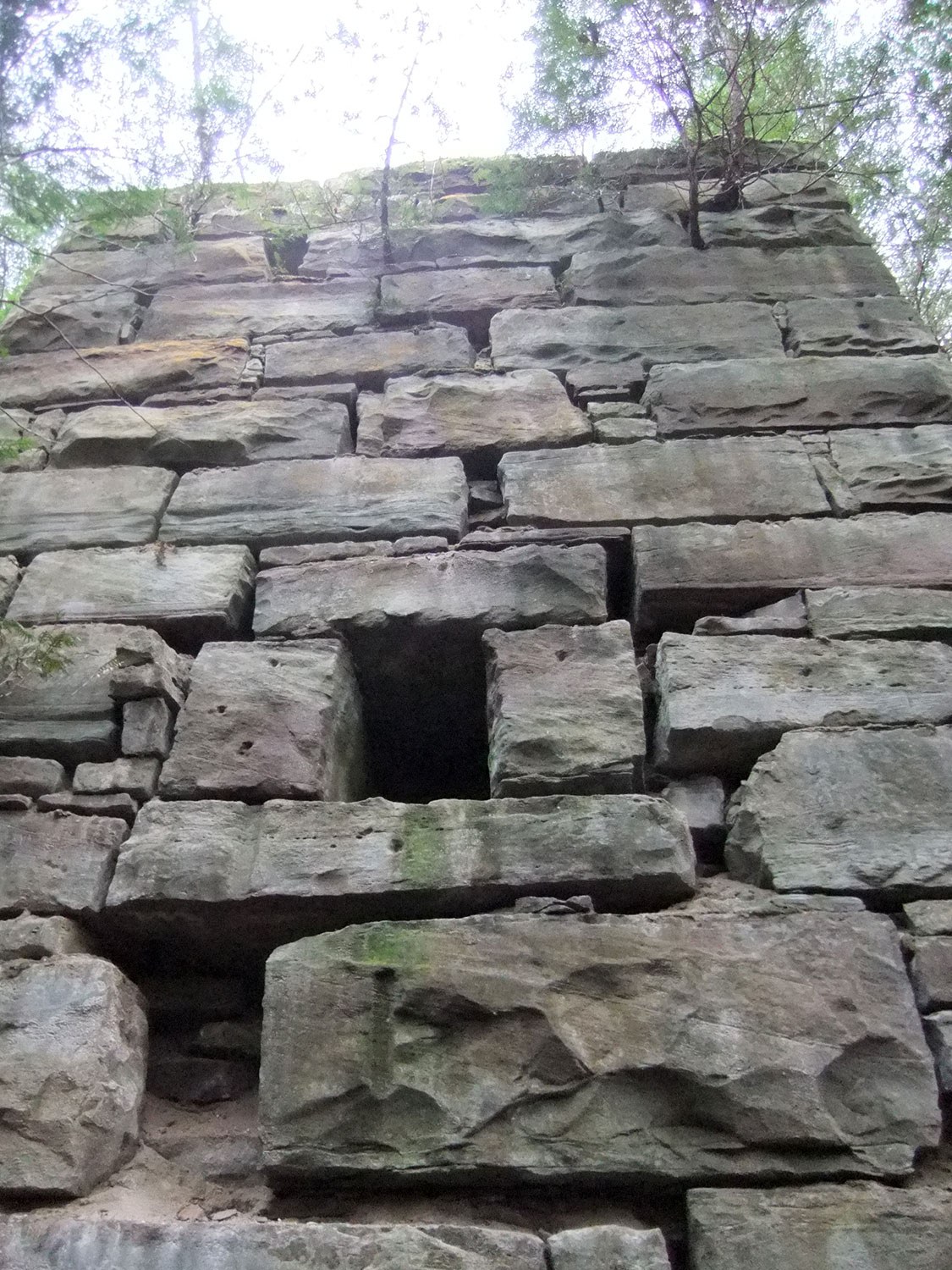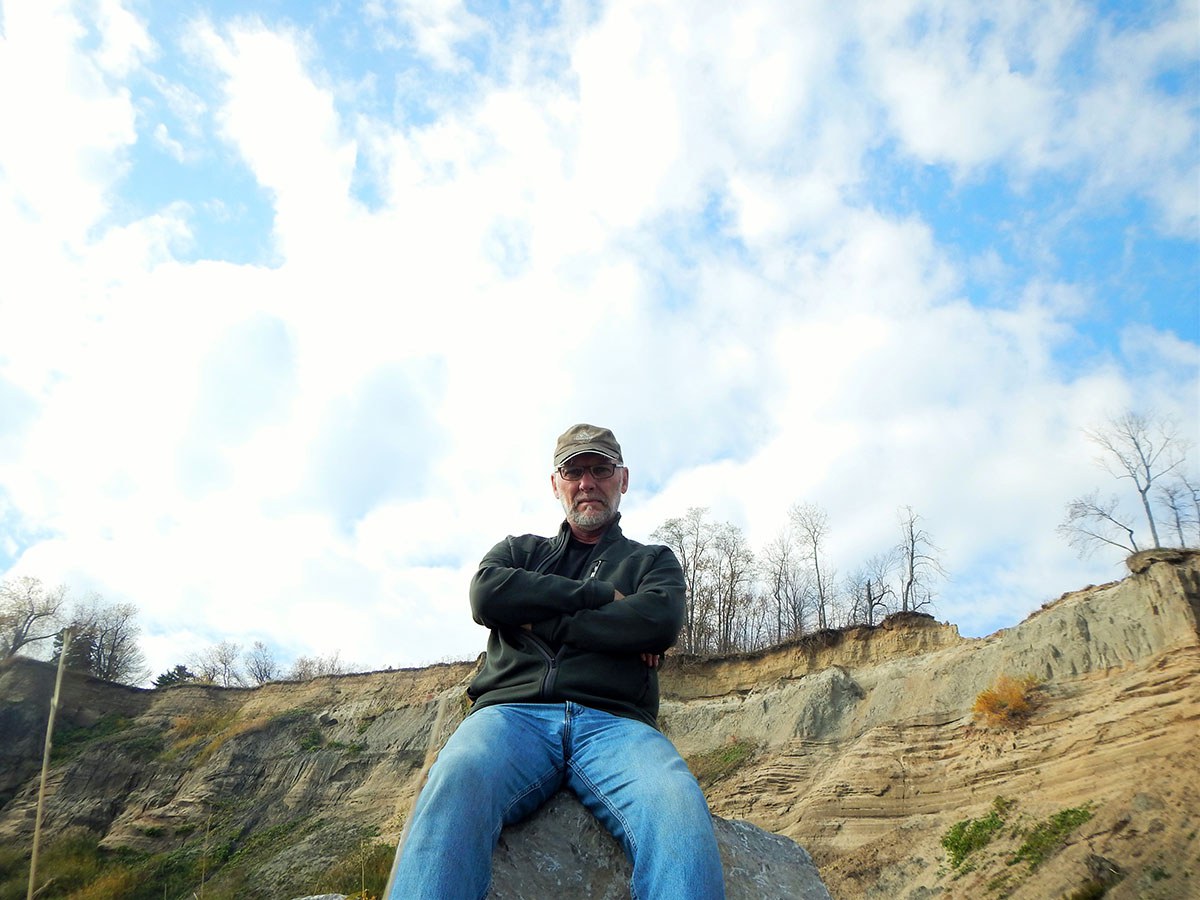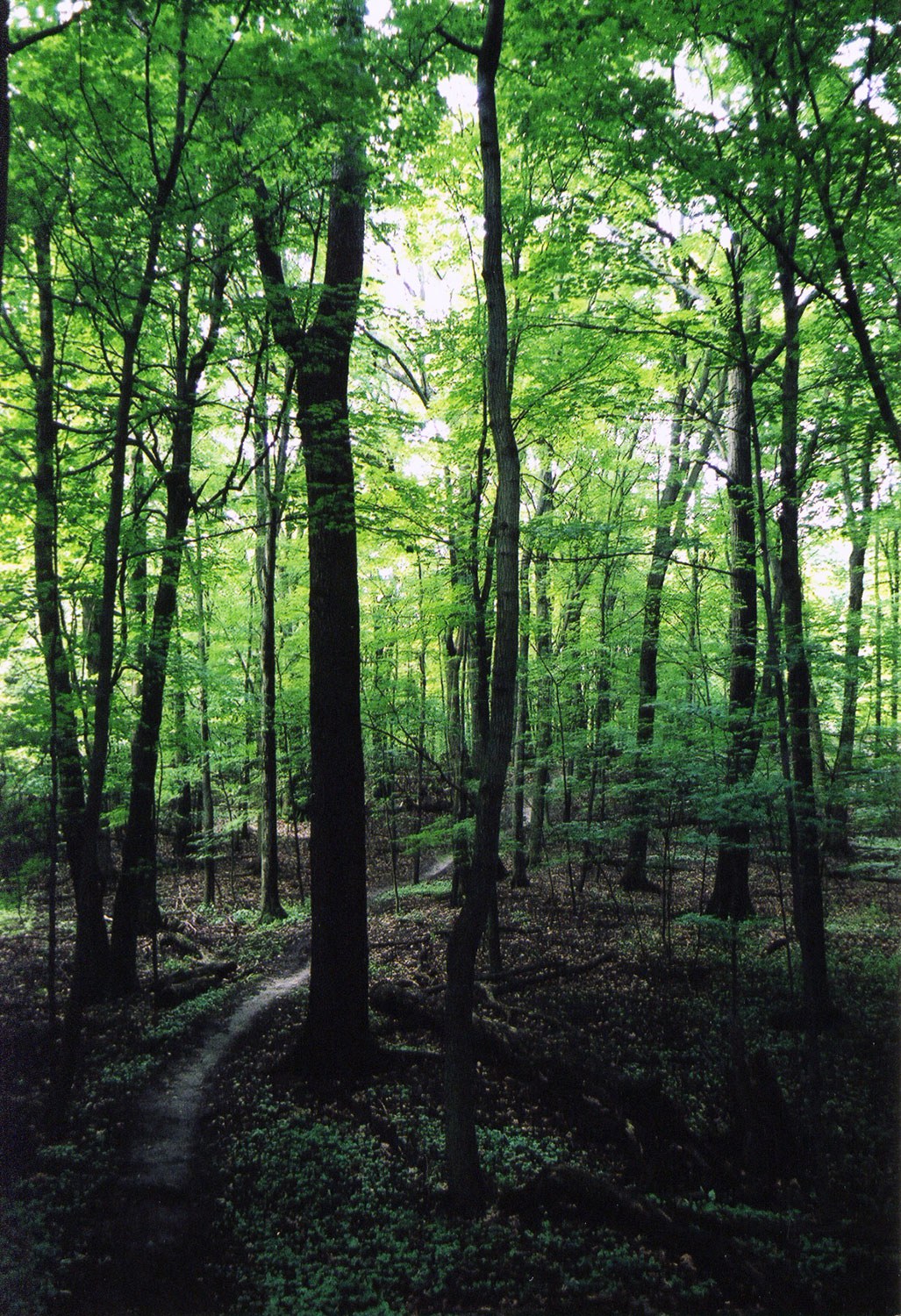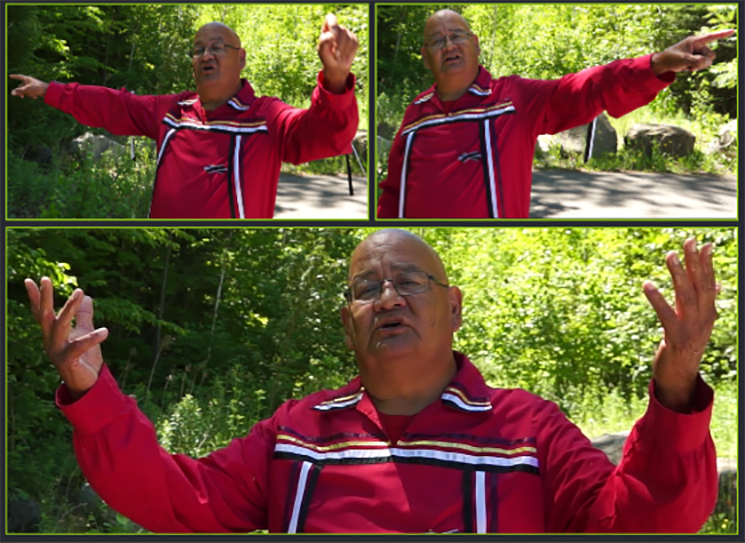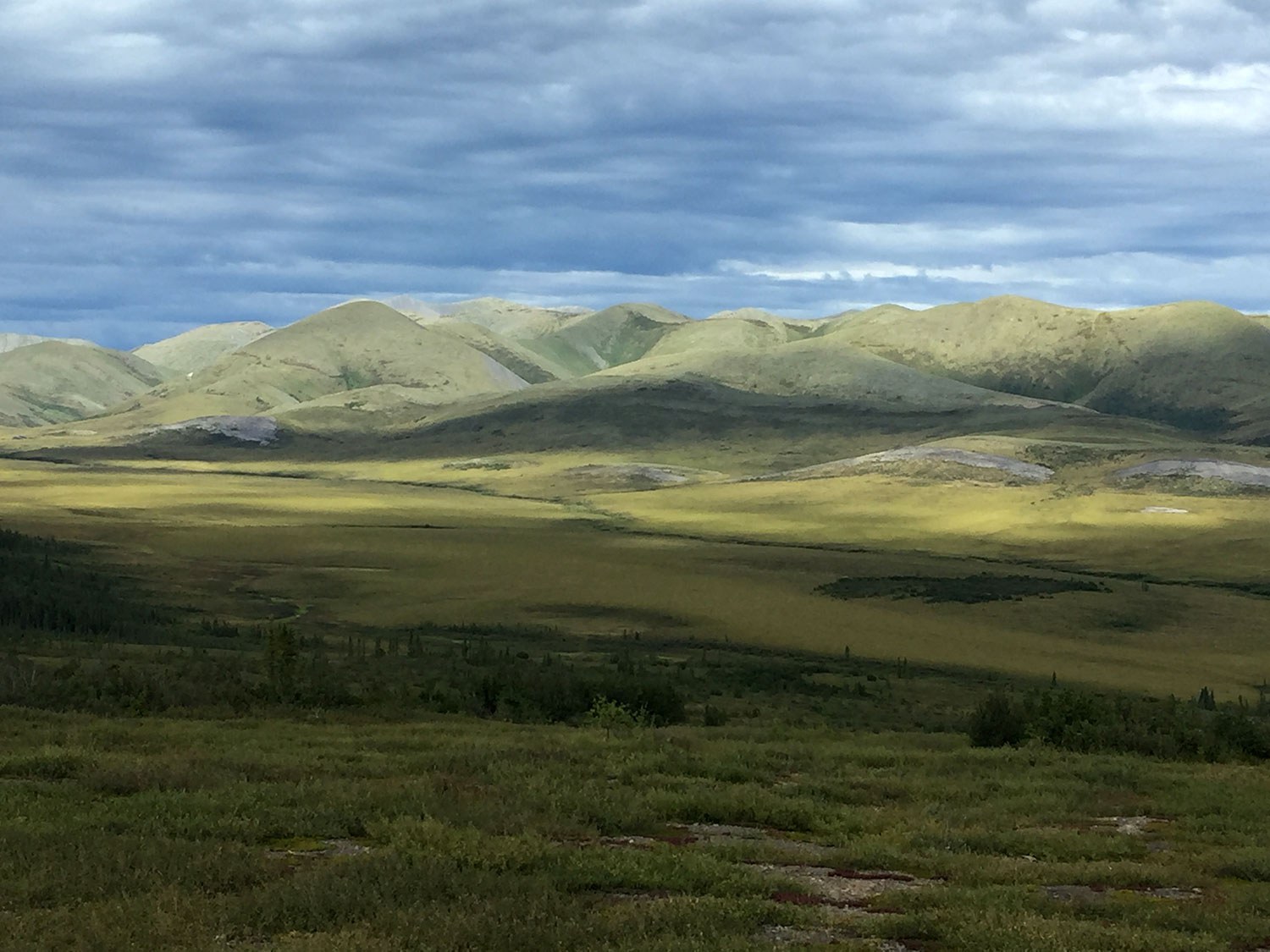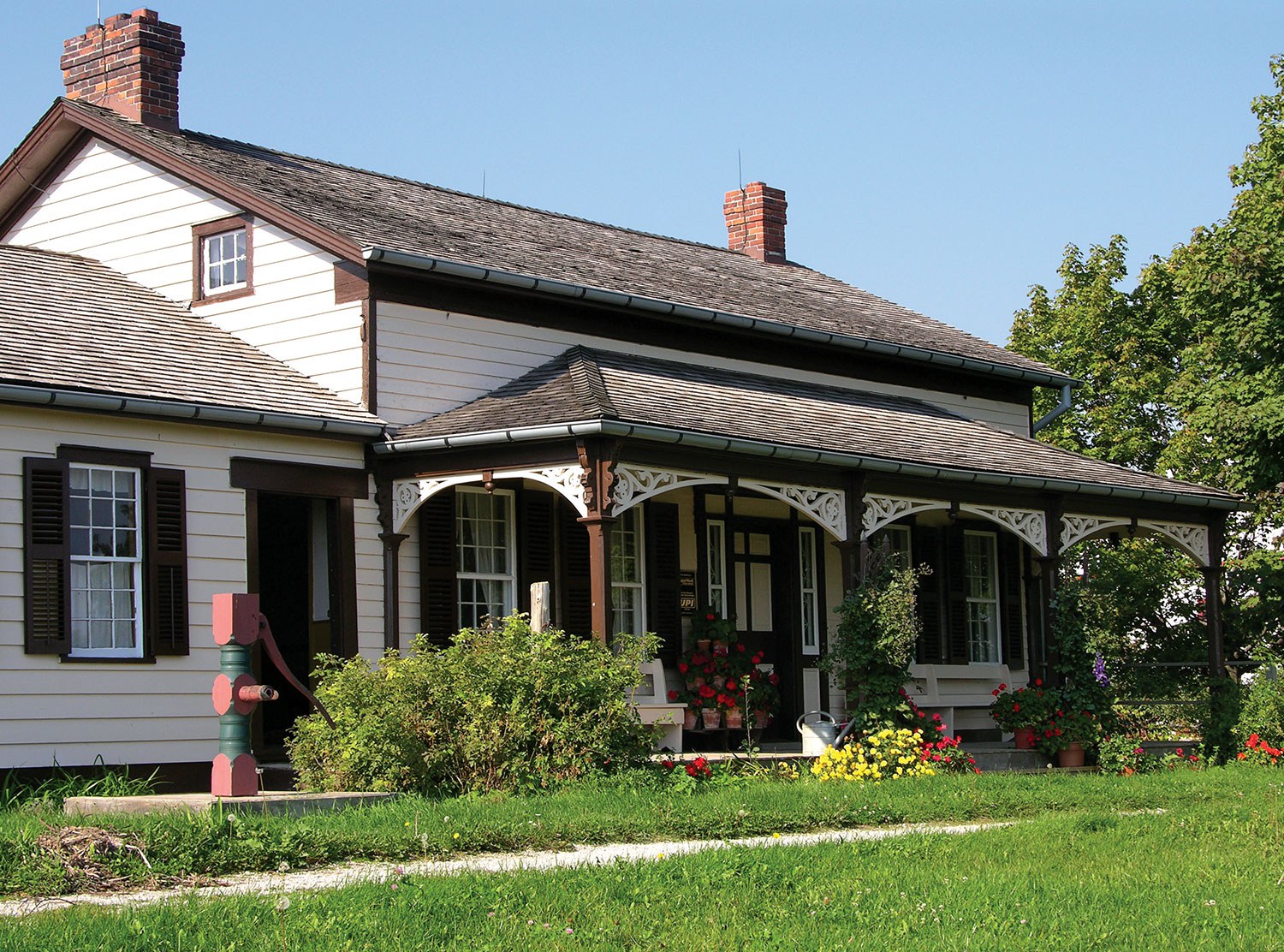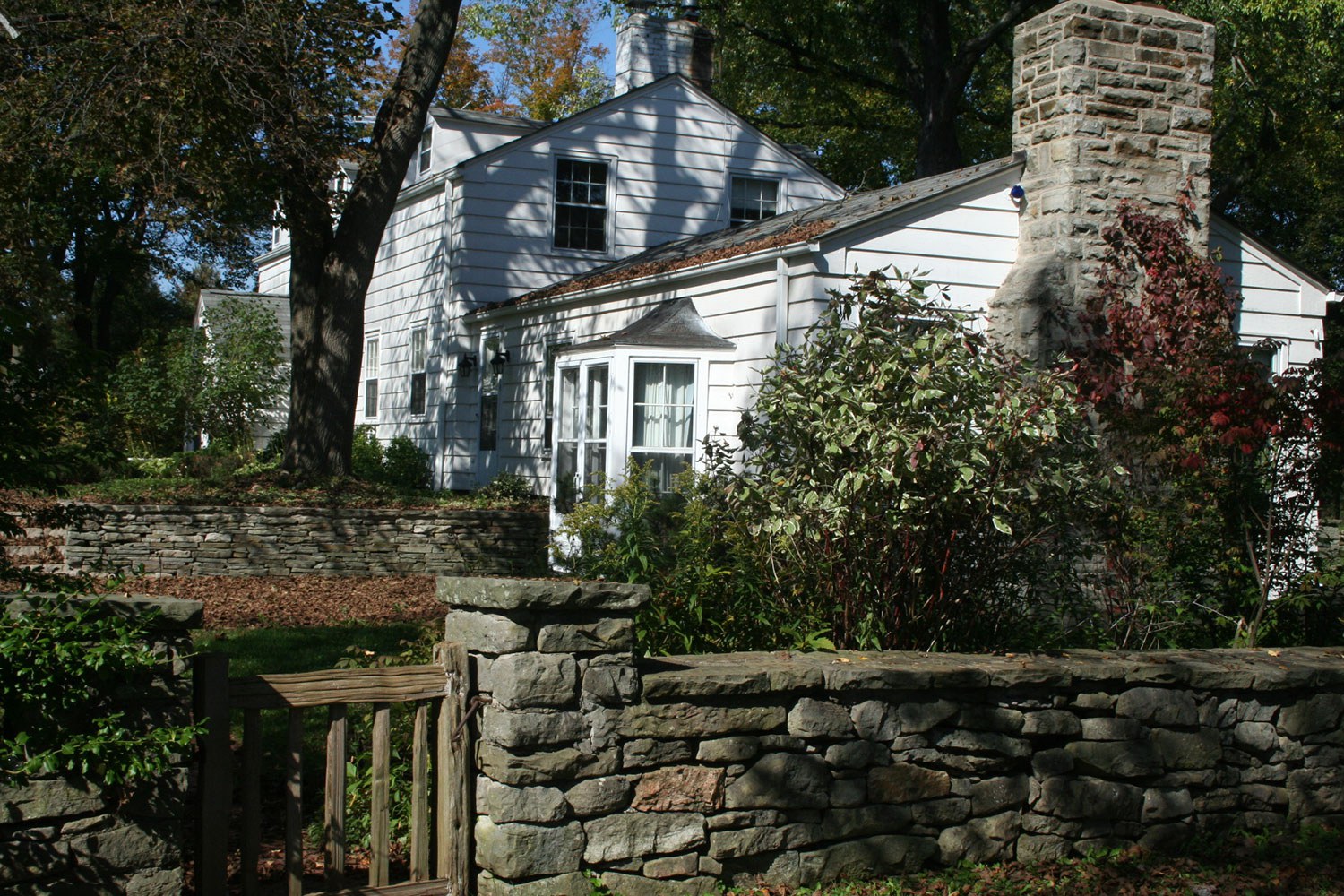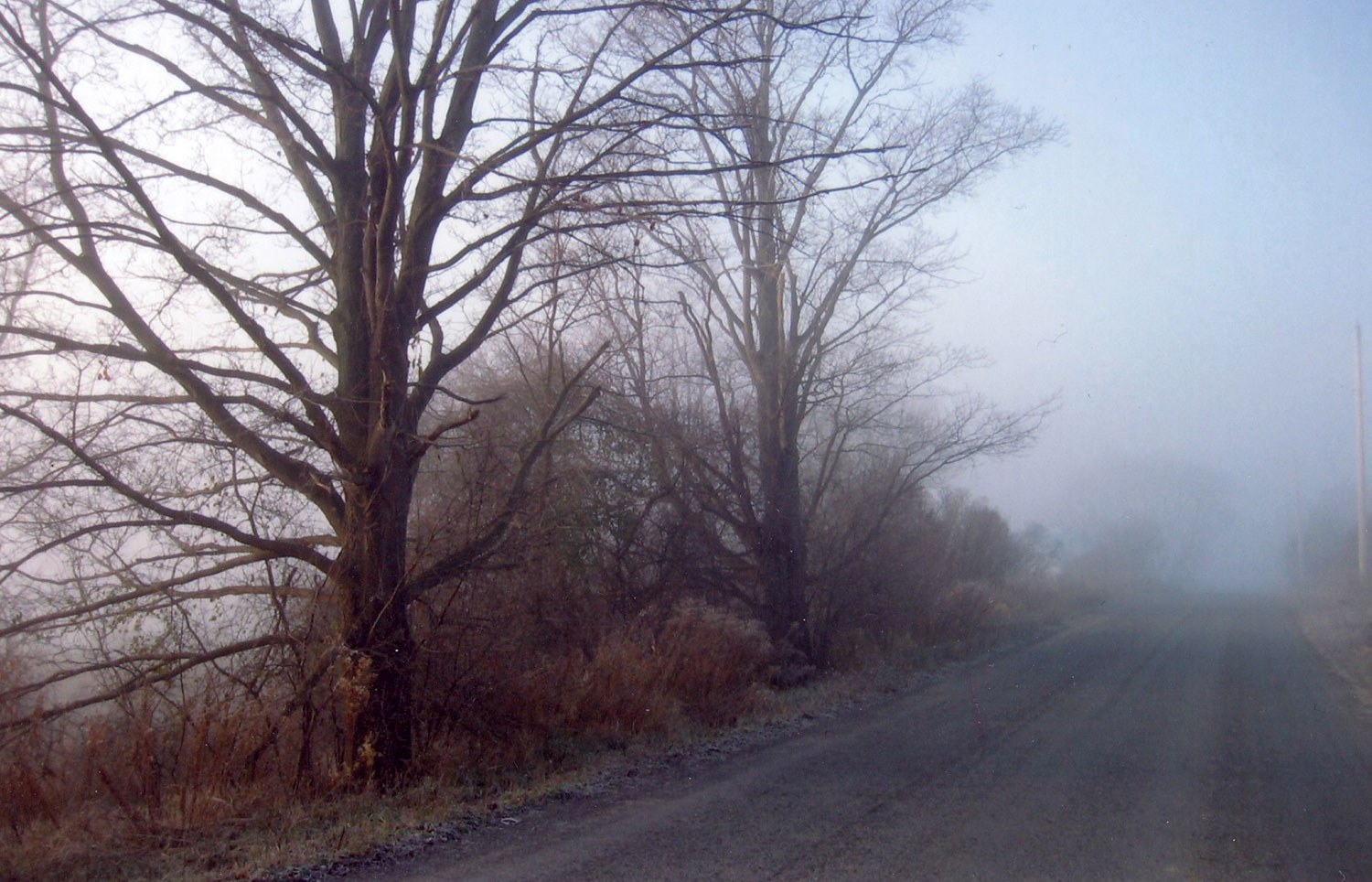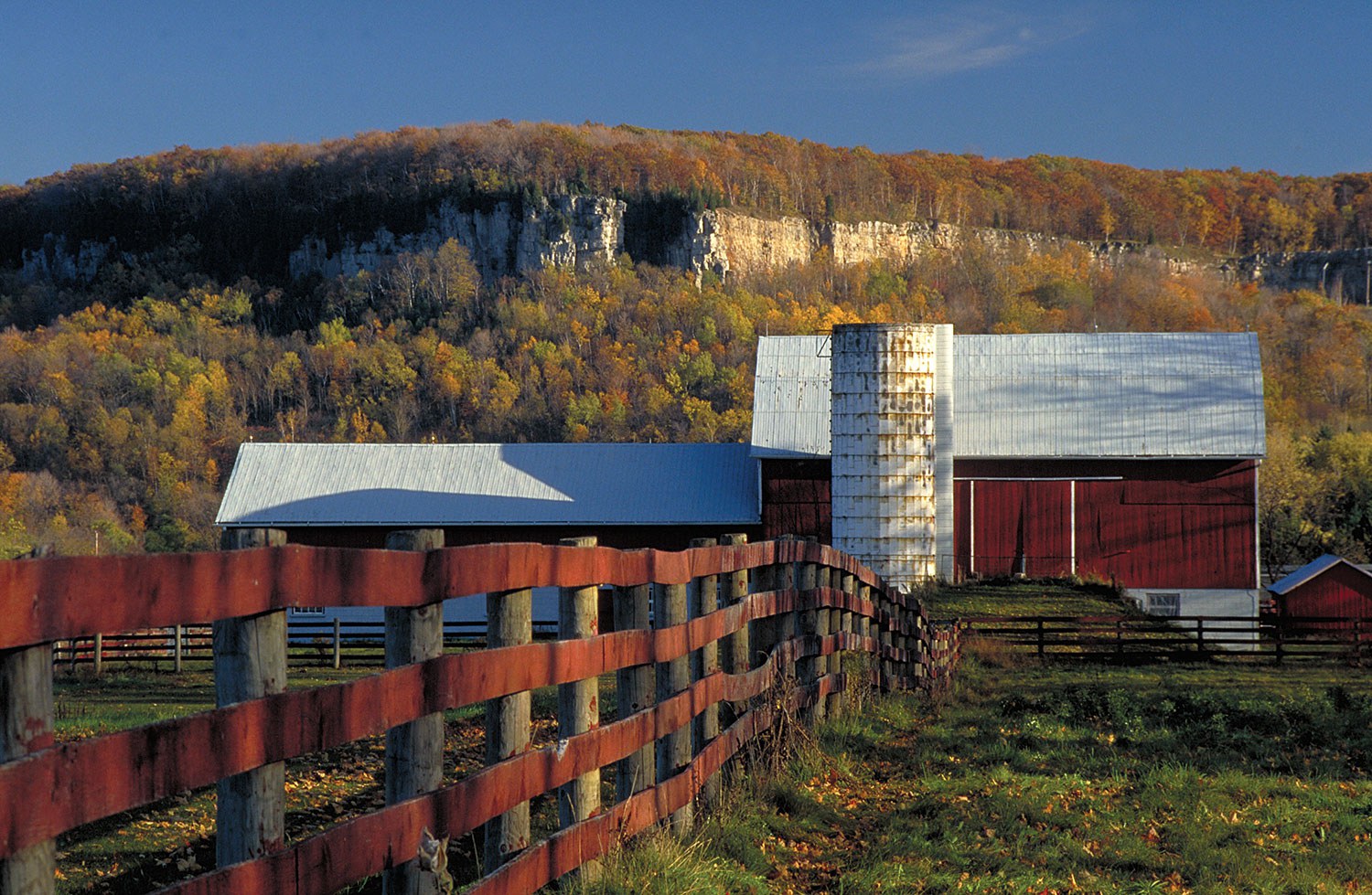

Browse by category
- Adaptive reuse
- Archaeology
- Arts and creativity
- Black heritage
- Buildings and architecture
- Communication
- Community
- Cultural landscapes
- Cultural objects
- Design
- Economics of heritage
- Environment
- Expanding the narrative
- Food
- Francophone heritage
- Indigenous heritage
- Intangible heritage
- Medical heritage
- Military heritage
- MyOntario
- Natural heritage
- Sport heritage
- Tools for conservation
- Women's heritage
Thistle Ha’: A national historic farm
Thistle Ha’, a farm in Pickering, was settled by Scottish immigrant John Miller in 1839. Miller and his family were renowned for their livestock importation and breeding operations, particularly Shorthorn cattle, Clydesdale horses and Shropshire sheep. Twenty Miller family members were involved with purebred livestock businesses in Ontario alone.
John Miller farmed in what became a highly competitive “Livestock Valley,” centred in Pickering. Of the 350-plus members of the International Livestock Hall of Fame in Louisville, Kentucky, 11 are Canadians. Remarkably, the farm homes of seven Canadian members were clustered in Pickering, Markham and Whitby – including John Miller, his son Robert and brother Willie. No other area family has more members than the Millers.
A century ago, Robert Miller managed Thistle Ha’ and then his own farm for many years. He was also a livestock judge throughout North and South America, a director of four breed associations, the founding Chairman of the Canadian National Livestock Records, the first “farmer President” of the Canadian National Exhibition, and helped form the Royal Agricultural Winter Fair. Willie Miller was considered to be among the best judges of livestock on this continent in the late 1800s.
The past 40 years have been difficult at Thistle Ha’. Two-thirds of the farm, including buildings, was expropriated for a proposed airport in Pickering in 1972. John Miller’s grandson, Hugh, decided to hire the best lawyer he could find to fight the expropriation. Ultimately, the Supreme Court of Canada ordered that the property title be returned to the family. To reduce risk of re-expropriation, Hugh Miller pursued heritage protection. The federal government declared the farm a National Historic Site in 1973 in recognition of the Miller family’s contributions to Canadian agriculture and North and South American livestock breeding.
In Canada, Thistle Ha’ is unique; it is the only privately owned family farm that is a National Historic Site. The family subsequently negotiated a heritage conservation easement agreement with the Ontario Heritage Trust in 1977.
In 1985, the interior of the stone farmhouse at Thistle Ha’ was destroyed by fire. The local community and the Ontario Heritage Trust provided expert resources, including the services of noted heritage architect Philip Goldsmith, to help the Millers rebuild.
Today, Thistle Ha’ remains an active farm in the shadow of urban sprawl, adjacent to 7,500 hectares (18,532 acres) owned by the federal government for an unbuilt airport. It is in the heart of the last remaining expanse of Canada’s best Class 1 soil between Toronto and the Atlantic coast. This rich earth was the reason for the success of Ontario’s pioneer farmers, and the foundation of southern Ontario’s prosperity. The Millers continue to believe that careful stewardship of this irreplaceable soil ensures that Thistle Ha’s only purpose – growing food – endures.

